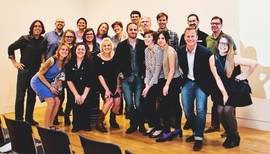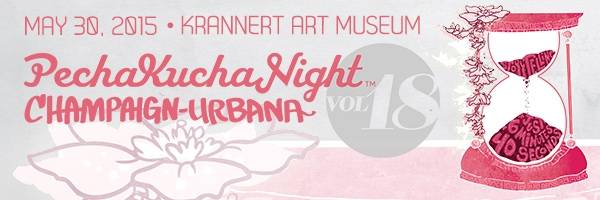
PechaKucha Night began in Tokyo over 10 years ago as an exposition for designers to network and share their work. Today it has spread to over 800 cities worldwide, extending beyond its roots in design to feature a variety of community projects, all presented in speeches under 7 minutes. 20 slides at 20 seconds each adds up to 400 seconds (or just under 7 minutes).
PechaKucha came to Champaign-Urbana in 2009; last weekend, the 18th Volume of PechaKucha took place at Krannert Art Musuem. As PechaKucha organizer Karissa McDermott put it, “[PechaKucha] works in our community because Champaign-Urbana is teeming with diverse talent… This event caters to people of different creative interests [and] is purely powered by community members who are passionate about it. It’s a celebration of the great things that are going on in Champaign-Urbana.”
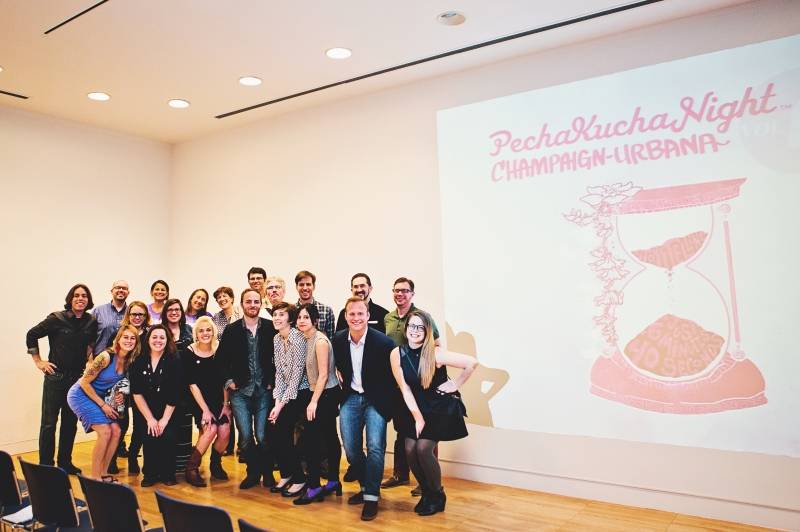
If you missed PechaKucha Vol. 18, here’s a summary of the awesome speeches that were given. 10 presenters brought forth 8 projects, with topics ranging from chicken farming to aviation, psychedelic film to paranormal activity.
———
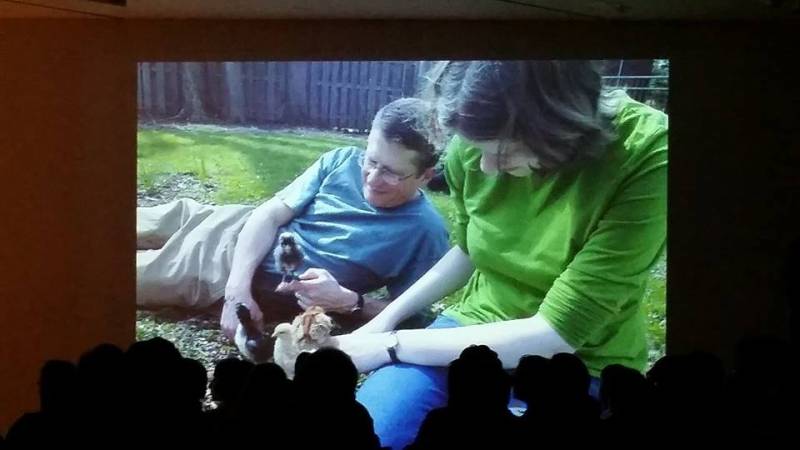
Karen Carney: “City Chickens”
A college dean and Champaign resident of nearly three decades, Karen Carney set upon a course to persuade Champaign city legislators to allow for residential chicken farming. Carney had to attempt to overcome prejudices against chickens — namely, that they are dirty, loud, and bad for communities. In her speech, she redirected these common misconceptions about chickens. In her eyes, chickens function well in close proximity to humans, having adapted after thousands of years of domestication.
Chickens raised in residential farms live a much more comfortable existence than factory chickens, who are confined to living quarters roughly equal to the size of a sheet of notebook paper. Carney, a self-described “henthusiast,” advocated for a change in Champaign legislation to allow for residential chicken farming, and is now part of a network of chicken farmers know as the “C-U Chicken Tenders.”
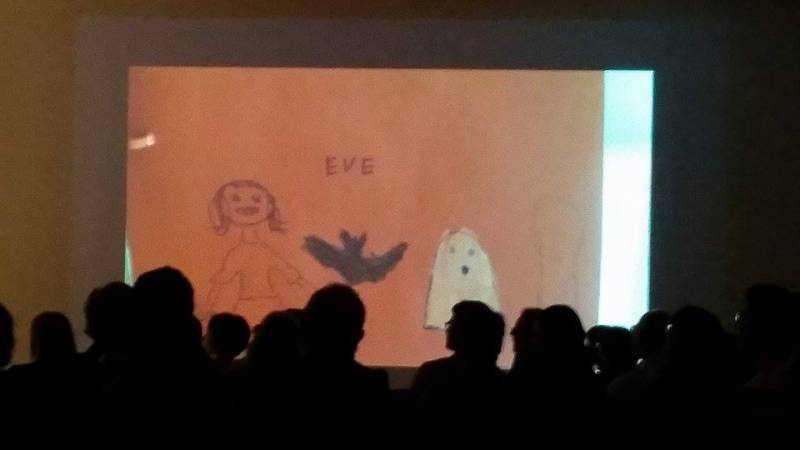
John Isberg: “The Ghost Cowboy”
Isberg is a special educator and documentarian, whose movie The Ghost Cowboy (to be released in Fall 2015 by Swede Films, a local Champaign-Urbana production company) tells the story of stroke survivor, Dallas Cowboys superfan, and paranormal investigator Bob Davies.
“The search for ghosts,” Isberg pontificated, “is like trying to quantify love.” Isberg displayed one of his daughter’s doodles as he described how the film is less about ghosts and more about the people who search for them — an examination of the “childlike longing” humans have “to understand what we can’t explain…and where we came from.”
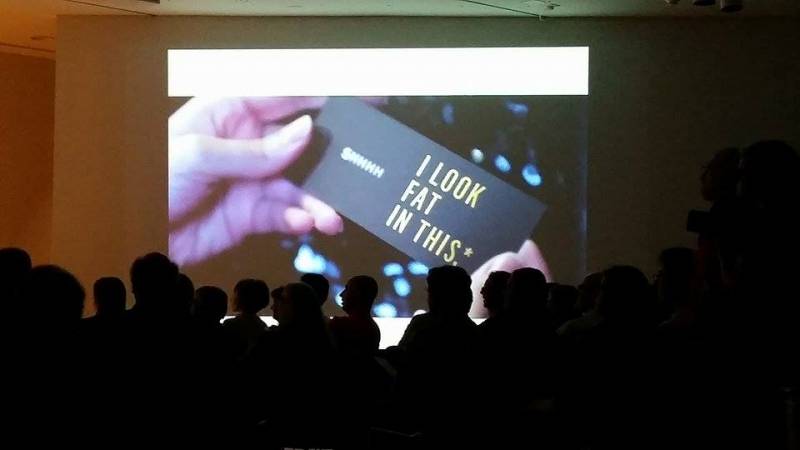
Marnie Hobbs & Sophie Roney: “Embody Love”
“We dream to live in a community where eyes see souls instead of bodies.” Hobbs and Roney, both eating disorder survivors, advocate for body-positivity and against body-shaming. After a long journey to improved self-esteem, they now campaign against society’s glorification of unattainable body ideals, asserting that “fake images of human beings distort our reality.”
Commentary about others’ bodies may seem trivial, they assert, but it can have lasting effects on the self-esteem of ourselves and others. They encourage their audience to redirect body-shaming into more positive, meaningful conversations about the non-physical.
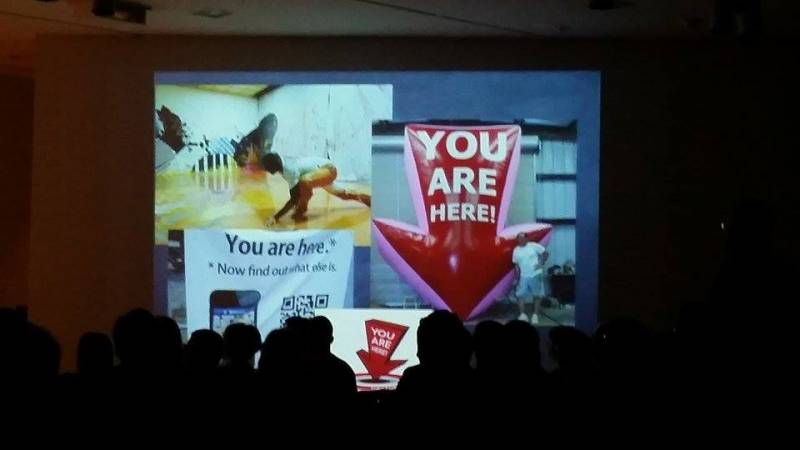
Terry Walker: “You are Here”
Architect and artist Terry Walker became fascinated with the “You are Here” markers on maps. For Walker, the markers symbolized how both people (and the cities they live in) can become bogged down in the past or future without living in the present. Walker facilitated an art project in downtown Champaign entitled “You are Here” in which the courthouse was transformed with light effects, video, and photography into a living art object and representation of its citizens.
“Don’t compare your city to others,” Walker concluded. “The happiest place in the world is here, because you are here.”
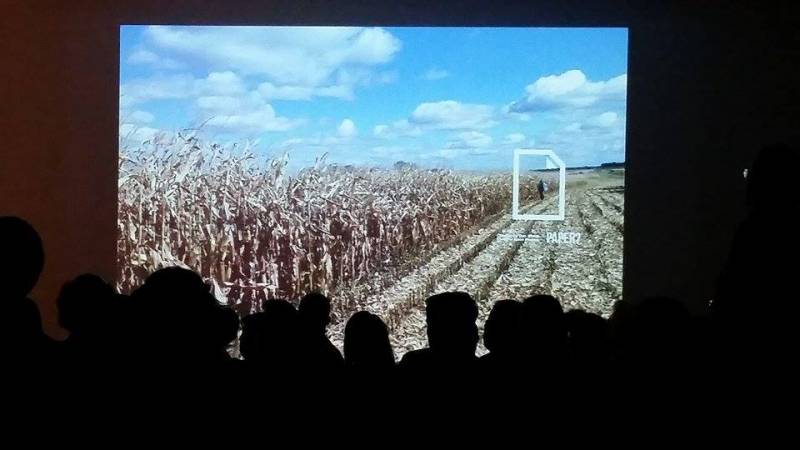
Eric Benson & Megan Diddie: “Pulp, Sweat, and Beers”
Benson and Diddie represent Fresh Press, the UIUC Agri-Fiber research lab. Their initiative to produce environmentally conscious paper at Illinois began in 2012. The paper produced uses local farming waste, resulting in a 50% reduction in eco footprint. Since 2012, Fresh Press has expanded into new avenues, creating recyclable and compostable packaging. They re now working on creating natural and compostable coffee cups.
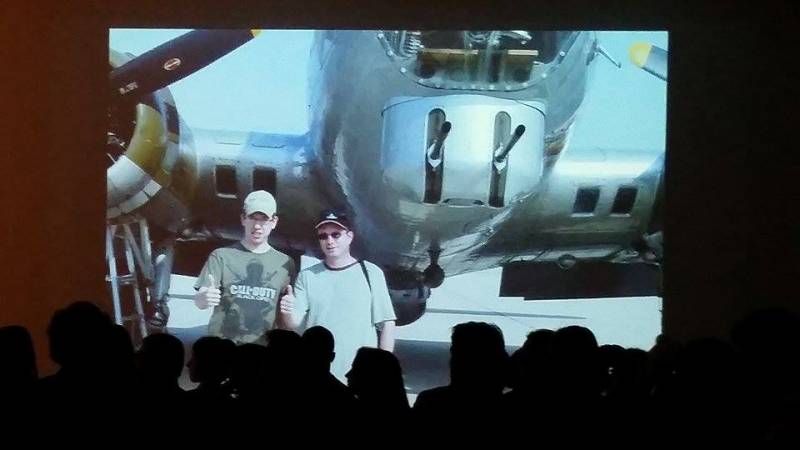
Jack Marck: “Why I Fly”
“The view you get from an airplane that you fly yourself is unlike anything you’ll ever experience,” said pilot Jack Marck. Marck is an advocate for the EAA (Experimental Aircraft Association) Young Eagles program. Founded by a network of volunteer pilots, the program is an opportunity for children ages 8-17 to take a free flight inside an airplane. Often the children are also given the brief opportunity to copilot the aircraft themselves.
The Champaign chapter of the EAA will be hosting a Young Eagles rally at Willard Airport on June 13th, 2015. To preregister, you can check out their website.
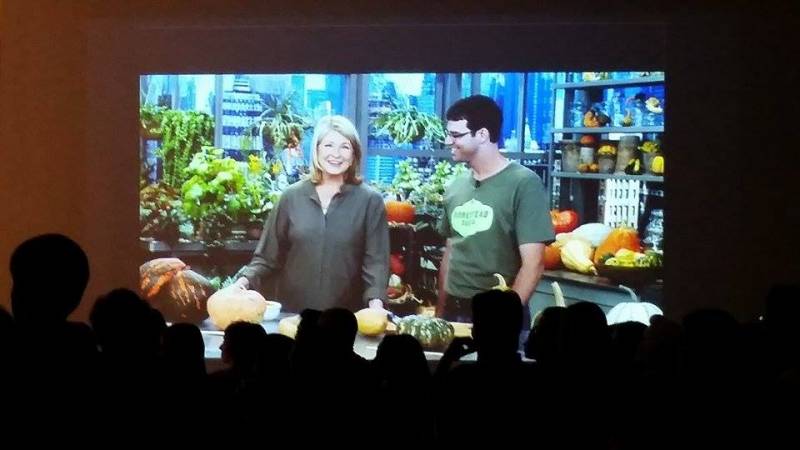
Mac Condill: “Cucurbits in all their Glory”
Condill is a 5th generation farmer of The Great Pumpkin Patch in Arthur, Illinois. He and his pumpkins have been everywhere from The White House to Martha Stewart’s kitchen. Through his work with cucurbits — the plant family that includes pumpkins, squash, zucchini, certain melons, and gourds — Condill hopes to encourage people to “reconnect with the land.”
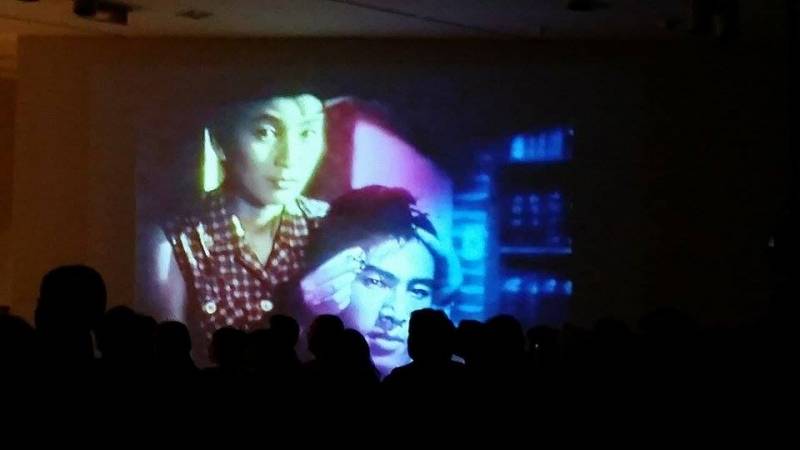
Ed Glaser: “The Psychedelic Version of Godzilla You’ve Never Seen”
Glaser, a filmmaker himself, enthusiastically told the origin story of a wacky 1977 rerelease of Godzilla. Italian filmmaker Luigi Cozzi wanted to cash in on Godzilla mania, so he bought the rights to the film but struggled to find a market for a black and white picture. So, he colorized the movie using a technique called Spectarama 70 — crude primary color overlays. The film also needed to be feature length, so Cozzi spliced in other disaster scenes from mismatched cinema and, to top it all off, rescored the film to progressive rock with intense, over-the-top sound effects.
———
The next PechaKucha night will take place on July 18th at Krannert Center for the Performing Arts. As you can see from the presenters above, virtually any topic is fair game, and the more variety the better. The organizers are always recruiting future speakers, so, if you are interested in presenting at PechaKucha, please visit their website to apply.








